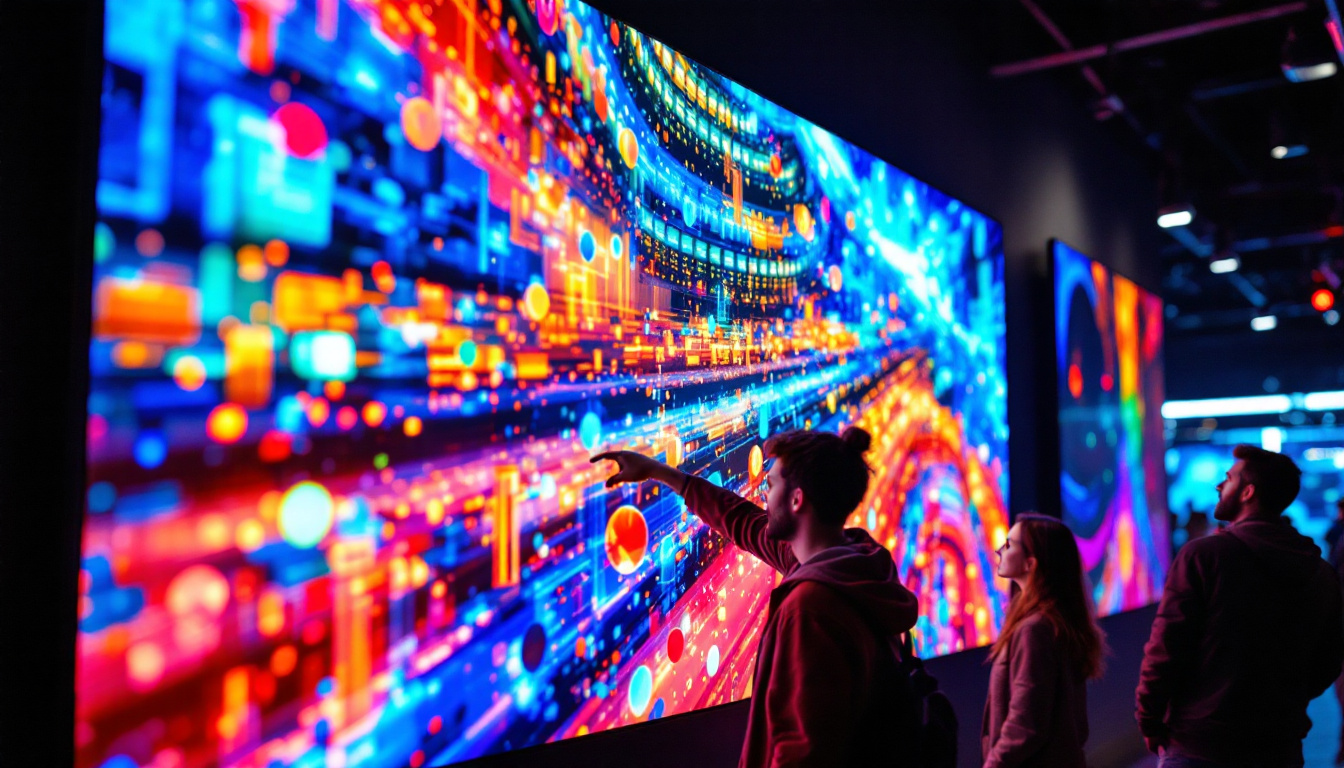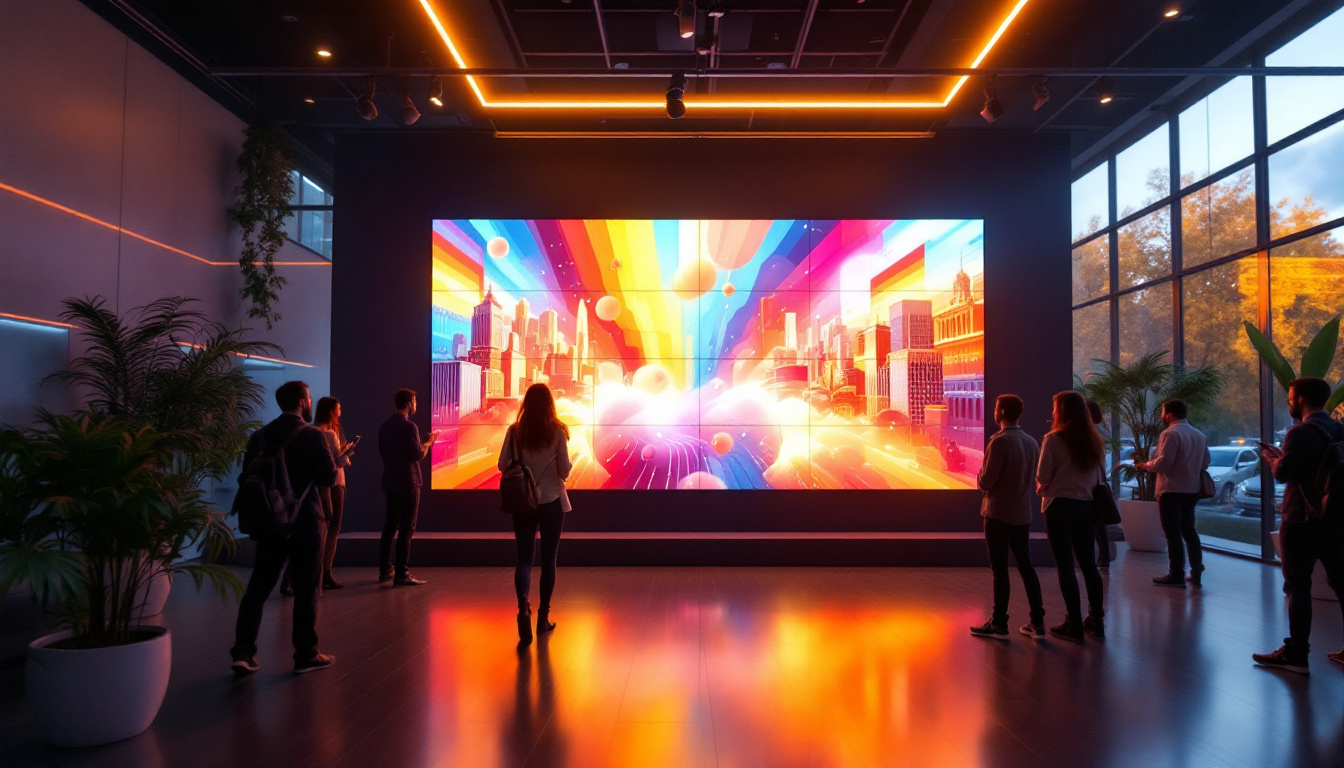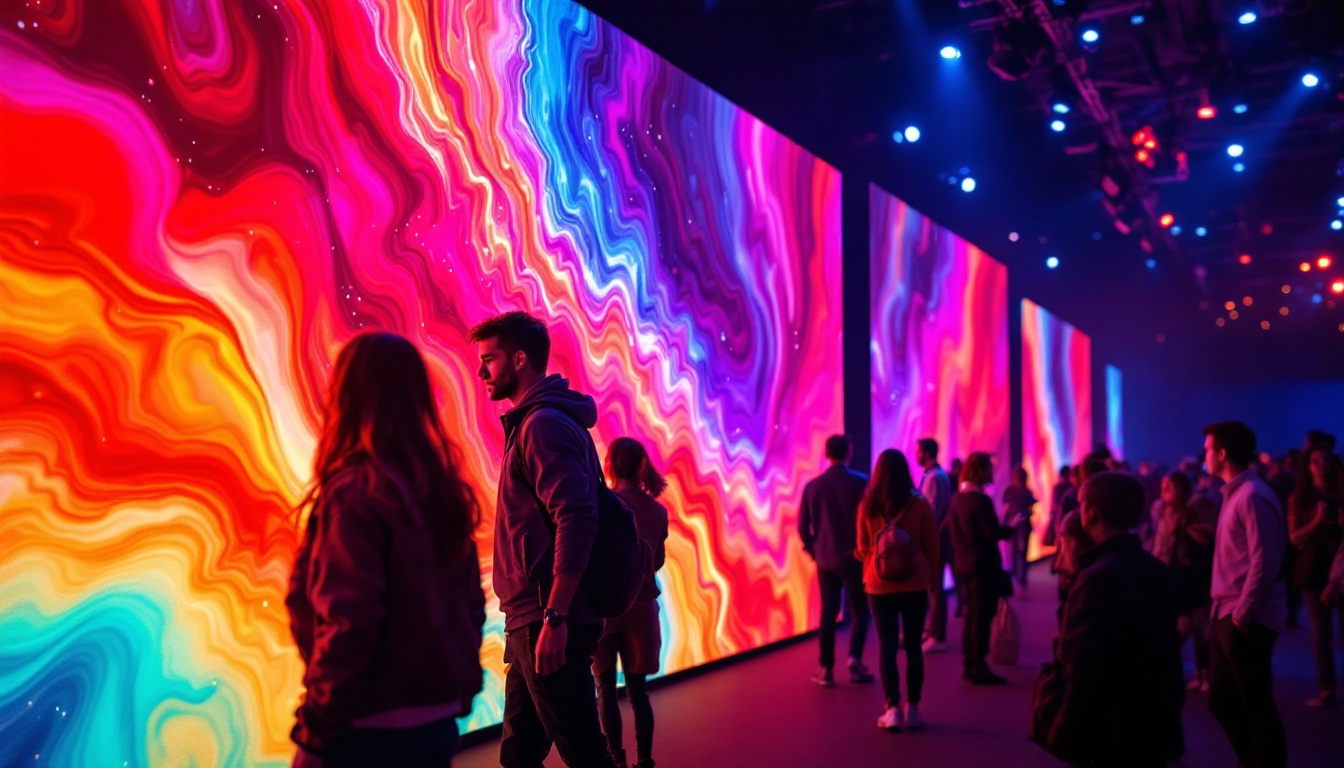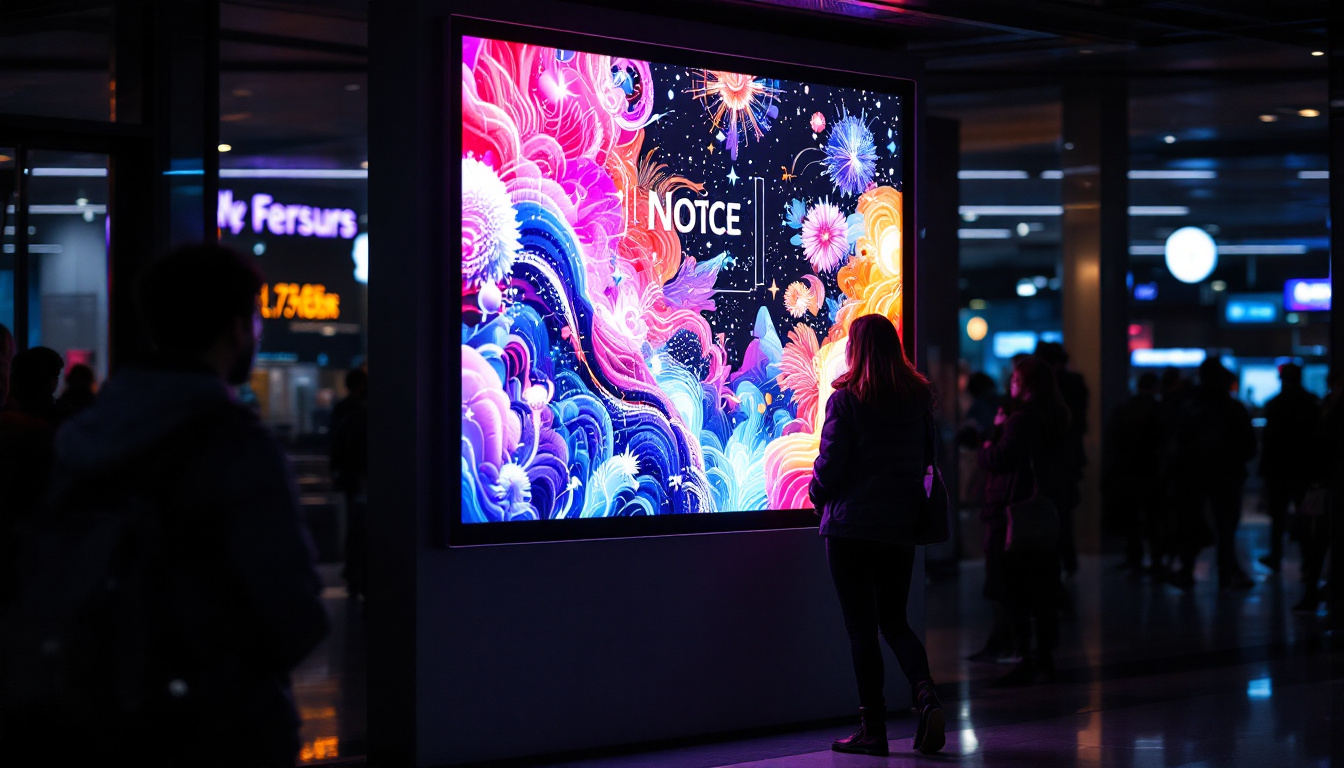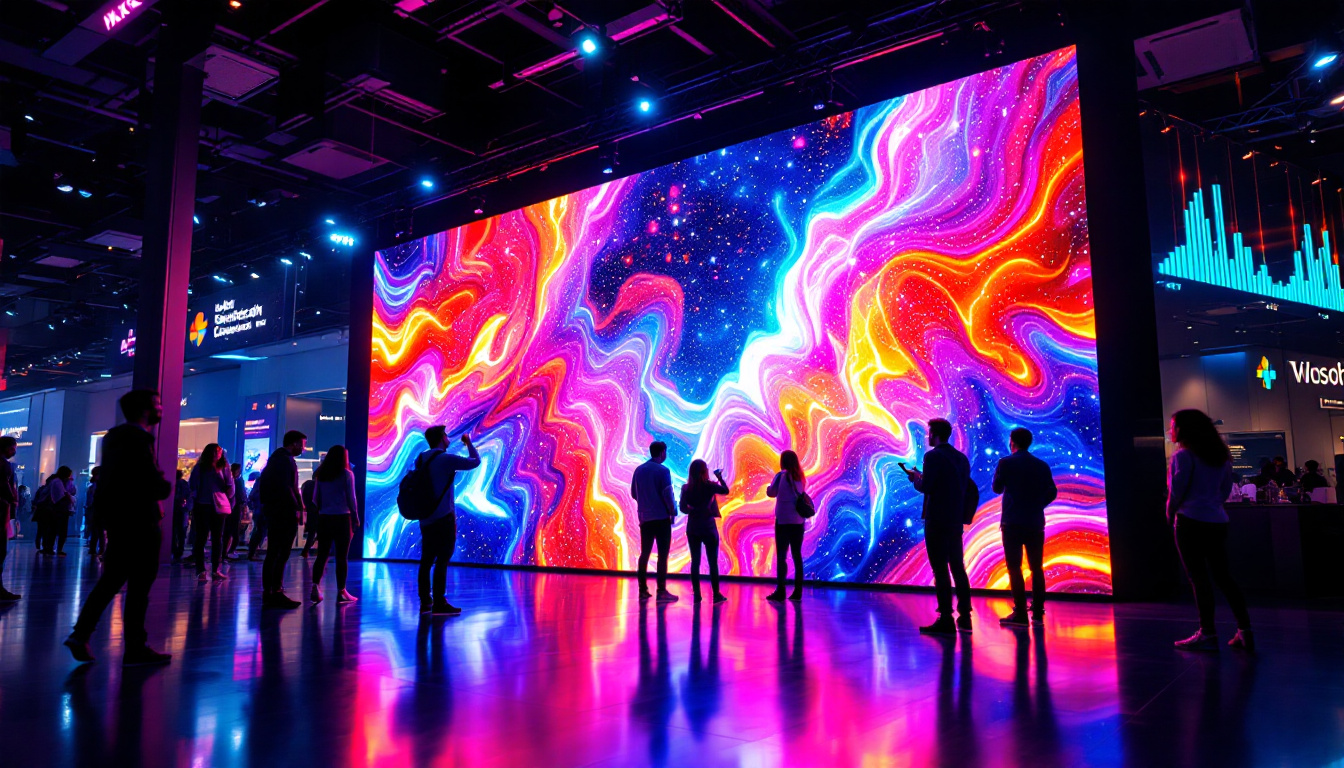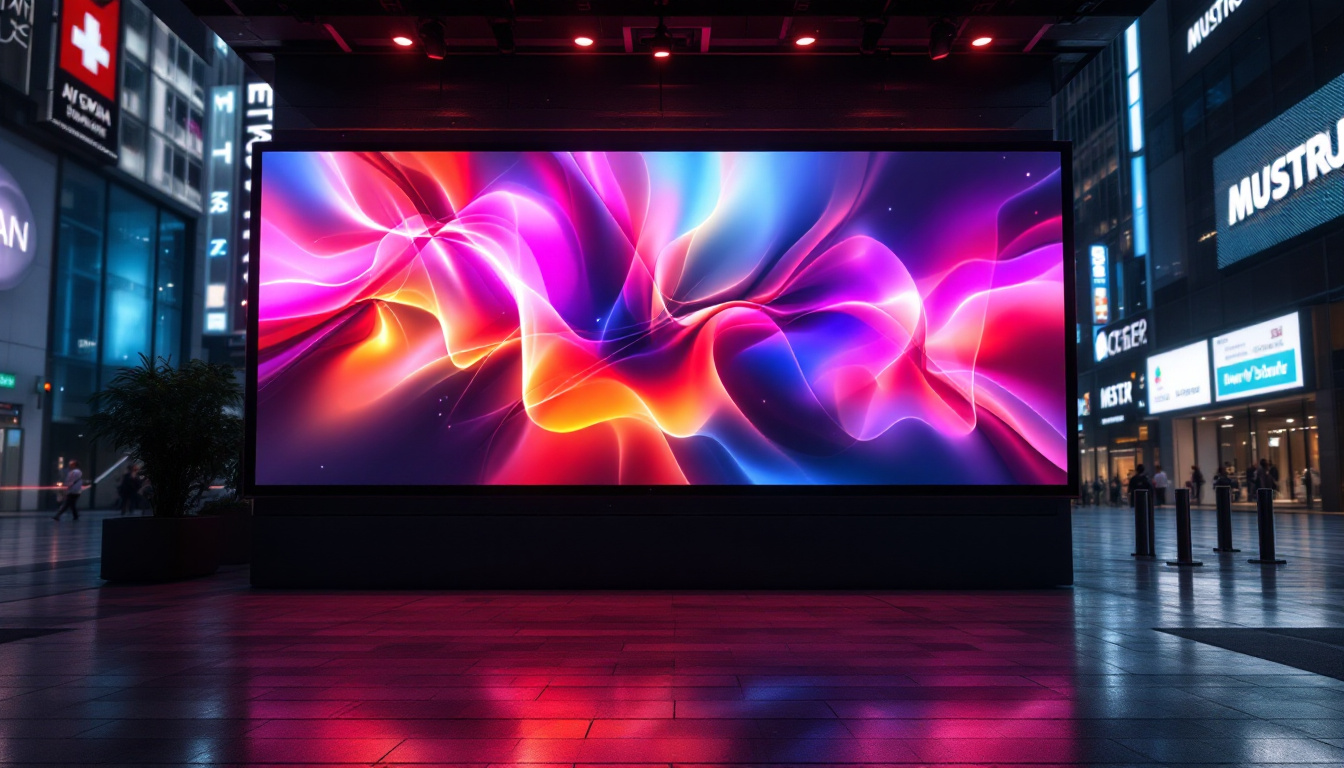In an increasingly digital world, businesses and organizations are constantly seeking innovative ways to communicate with their audiences. One of the most effective tools in this endeavor is digital signage, particularly through LED displays. This article delves into the world of digital signage, focusing on LED technology, its benefits, and how it can be utilized effectively.
Understanding Digital Signage
Digital signage refers to the use of digital displays to convey information, advertisements, or messages to a targeted audience. Unlike traditional static signs, digital signage can be updated in real-time, allowing for dynamic content that can engage viewers more effectively. This flexibility makes it an essential tool for various sectors, including retail, education, transportation, and hospitality.
Types of Digital Signage
Digital signage can take many forms, including LED displays, LCD screens, projection systems, and interactive kiosks. Among these, LED displays have gained immense popularity due to their brightness, energy efficiency, and versatility. They can be used both indoors and outdoors, making them suitable for a wide range of applications.
Each type of digital signage has its unique strengths. For instance, LCD screens are often used for indoor environments where high-resolution images are required, while LED displays are preferred for outdoor settings due to their visibility in bright sunlight. Understanding the different types of digital signage is crucial for businesses looking to implement an effective communication strategy. Additionally, projection systems can create immersive environments, often used in museums or exhibitions, where storytelling through visuals can enhance the viewer’s experience. Interactive kiosks, on the other hand, allow users to engage directly with the content, making them ideal for wayfinding in large venues or for providing detailed product information in retail spaces.
The Role of Content in Digital Signage
The effectiveness of digital signage largely depends on the content displayed. Engaging and relevant content can capture the audience’s attention and convey messages effectively. Businesses should consider various content types, such as videos, animations, images, and text, to create a dynamic viewing experience.
Moreover, content should be tailored to the specific audience and context. For example, a retail store may showcase promotions and new arrivals, while a corporate office might display internal announcements and employee recognition. This targeted approach ensures that the messages resonate with viewers, enhancing the overall impact of the digital signage. Furthermore, incorporating user-generated content can foster a sense of community and engagement, especially in environments like social media walls where customers can see their posts featured. Regularly updating content not only keeps the information fresh but also encourages repeat visits, as audiences are more likely to engage with displays that offer new and exciting material.
LED Displays: A Closer Look
LED (Light Emitting Diode) displays are a popular choice for digital signage due to their numerous advantages. They consist of an array of tiny LEDs that emit light when an electric current passes through them. This technology allows for vibrant colors and high brightness levels, making LED displays ideal for capturing attention in various environments.
Advantages of LED Displays
One of the primary benefits of LED displays is their energy efficiency. Compared to traditional display technologies, LED screens consume significantly less power, which can lead to lower operational costs over time. Additionally, their long lifespan means that businesses can invest in LED technology without the frequent need for replacements.
Another advantage is their superior visibility. LED displays can be easily viewed in bright sunlight, making them perfect for outdoor advertising. The high contrast ratio and wide viewing angles further enhance their effectiveness, ensuring that messages are seen from various distances and perspectives.
Applications of LED Displays
LED displays are versatile and can be used in a variety of settings. In retail environments, they can showcase advertisements, promotions, and product information, driving customer engagement and sales. In transportation hubs, such as airports and train stations, LED displays provide real-time information about arrivals, departures, and delays, ensuring passengers are well-informed.
Moreover, LED displays are increasingly being utilized in corporate settings for internal communications, such as displaying meeting schedules, company news, and employee achievements. Their ability to deliver timely and relevant information makes them an invaluable asset for organizations looking to enhance communication.
Cost Considerations for LED Displays
While the benefits of LED displays are clear, businesses must also consider the associated costs. The initial investment for LED technology can be substantial, but it is essential to evaluate the long-term return on investment (ROI). Factors such as energy savings, maintenance costs, and increased customer engagement should be taken into account when assessing the overall financial impact.
Initial Investment vs. Long-Term Savings
The upfront cost of purchasing and installing LED displays can be a barrier for some businesses. However, the energy efficiency and durability of LED technology often result in significant savings over time. Many businesses find that the reduction in energy bills, coupled with lower maintenance costs, makes LED displays a cost-effective solution in the long run.
Additionally, the ability to update content remotely and in real-time reduces the costs associated with printing and installing traditional signage. This flexibility allows businesses to adapt their messaging quickly, ensuring that they remain relevant and engaging to their audience.
Financing Options for Businesses
For businesses concerned about the initial investment, several financing options are available. Leasing or financing arrangements can help spread the cost over time, making it more manageable for smaller organizations. Additionally, some manufacturers and vendors offer rental options, allowing businesses to utilize LED displays for specific events or campaigns without committing to a full purchase.
Exploring these financing options can help businesses leverage the advantages of LED displays without straining their budgets. It is advisable to conduct thorough research and consult with experts to find the best financing solution tailored to specific needs.
Choosing the Right LED Display
Selecting the appropriate LED display for a business requires careful consideration of various factors. Understanding the specific needs and goals of the organization is essential in making an informed decision. Key aspects to evaluate include size, resolution, and installation requirements.
Size and Resolution
The size of the LED display should be determined based on the viewing distance and the intended use. Larger displays are suitable for outdoor environments where viewers may be at a distance, while smaller displays may be more appropriate for indoor settings. Resolution is equally important; higher resolution displays provide clearer images and text, enhancing the overall viewing experience.
Businesses should also consider the pixel pitch, which refers to the distance between individual pixels on the display. A smaller pixel pitch results in higher resolution, making it ideal for close viewing. Conversely, a larger pixel pitch may suffice for displays intended for distant viewing.
Installation and Maintenance
Installation requirements can vary based on the type of LED display and its intended location. Outdoor displays may require additional weatherproofing and structural support, while indoor displays may need specific mounting solutions. It is crucial to work with experienced professionals to ensure proper installation and compliance with safety regulations.
Maintenance is another aspect to consider when choosing an LED display. Regular cleaning and inspections can help prolong the lifespan of the technology. Many manufacturers offer maintenance services, which can provide peace of mind for businesses looking to ensure their displays remain in optimal condition.
Future Trends in Digital Signage
The digital signage landscape is continually evolving, with new technologies and trends emerging regularly. Staying informed about these developments can help businesses remain competitive and make the most of their digital signage investments.
Integration with IoT and AI
One of the most significant trends in digital signage is the integration of Internet of Things (IoT) technology and artificial intelligence (AI). This integration allows for smarter displays that can adapt content based on real-time data, such as audience demographics, weather conditions, and location. For instance, an LED display in a retail environment could showcase different promotions based on the time of day or the number of shoppers present.
AI-driven analytics can also provide valuable insights into viewer engagement, helping businesses refine their content strategies and improve overall effectiveness. This data-driven approach ensures that digital signage remains relevant and impactful.
Interactive Displays
Another trend gaining traction is the use of interactive displays. Touchscreen technology allows viewers to engage directly with the content, providing a more immersive experience. Businesses can utilize interactive displays for various purposes, such as product demonstrations, wayfinding, and customer feedback.
Interactive displays not only enhance viewer engagement but also provide valuable data on user interactions. This information can help businesses tailor their offerings and improve customer satisfaction.
Conclusion
Digital signage, particularly through LED displays, offers a dynamic and effective way for businesses to communicate with their audiences. With their energy efficiency, vibrant visuals, and versatility, LED displays have become a staple in various industries. While the initial investment may be a consideration, the long-term benefits and potential for increased engagement make them a worthwhile investment.
As technology continues to evolve, businesses must stay informed about emerging trends and innovations in digital signage. By embracing these advancements, organizations can enhance their communication strategies, engage their audiences more effectively, and ultimately drive success in an increasingly competitive landscape.
In summary, understanding the nuances of digital signage and LED displays can empower businesses to make informed decisions that align with their goals and objectives. Whether for advertising, internal communication, or enhancing customer experiences, the potential of digital signage is vast and ever-growing.
Discover LumenMatrix LED Display Solutions
Ready to elevate your digital signage and captivate your audience like never before? Explore LumenMatrix’s comprehensive range of LED display solutions, from vibrant Indoor and Outdoor LED Wall Displays to innovative options like Vehicle LED Displays and LED Transparent Displays. Embrace the future of visual communication with our cutting-edge technology designed to make your brand stand out. Check out LumenMatrix LED Display Solutions today and transform your messaging into unforgettable visual experiences.




